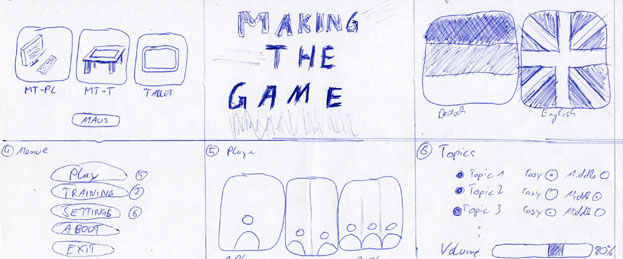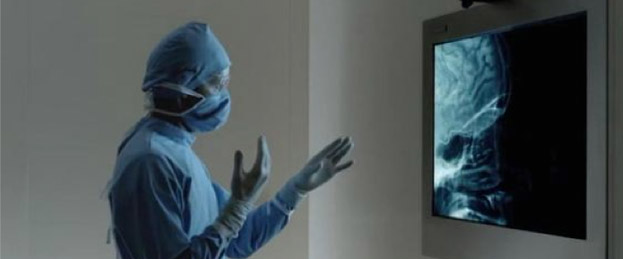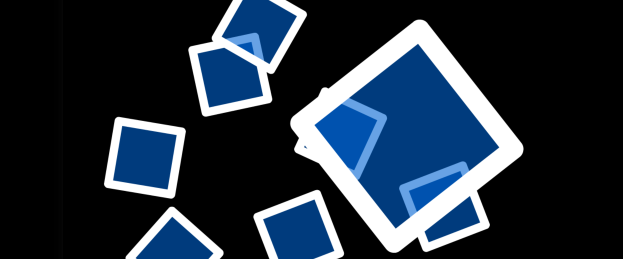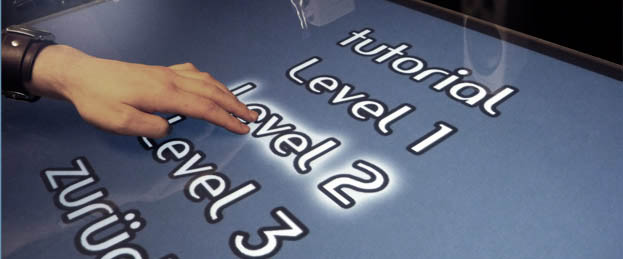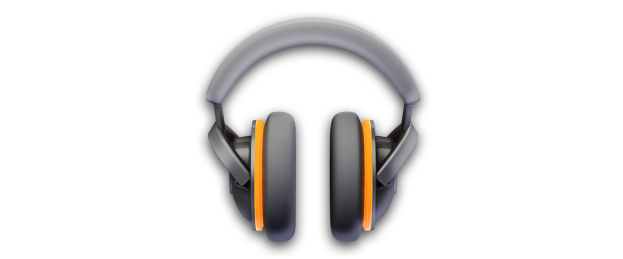Making The Game – Teil 10: Spiele-Konzeption
Many different factors must be applied in the development of a multimedia, natural learning application. So I decided not to use a typical software-development model. Instead i used the agile process model in the development. This approach was chosen because compared to the waterfall model, where at the beginning of the development all specifications must be set, it is much more dynamic to changing requirements and add new ideas can during the development process. In addition, the costs and project progress at the beginning of the development is difficult to predict, so the use of an agile and iterative approach that adapts to the current situation has many benefits. […]
